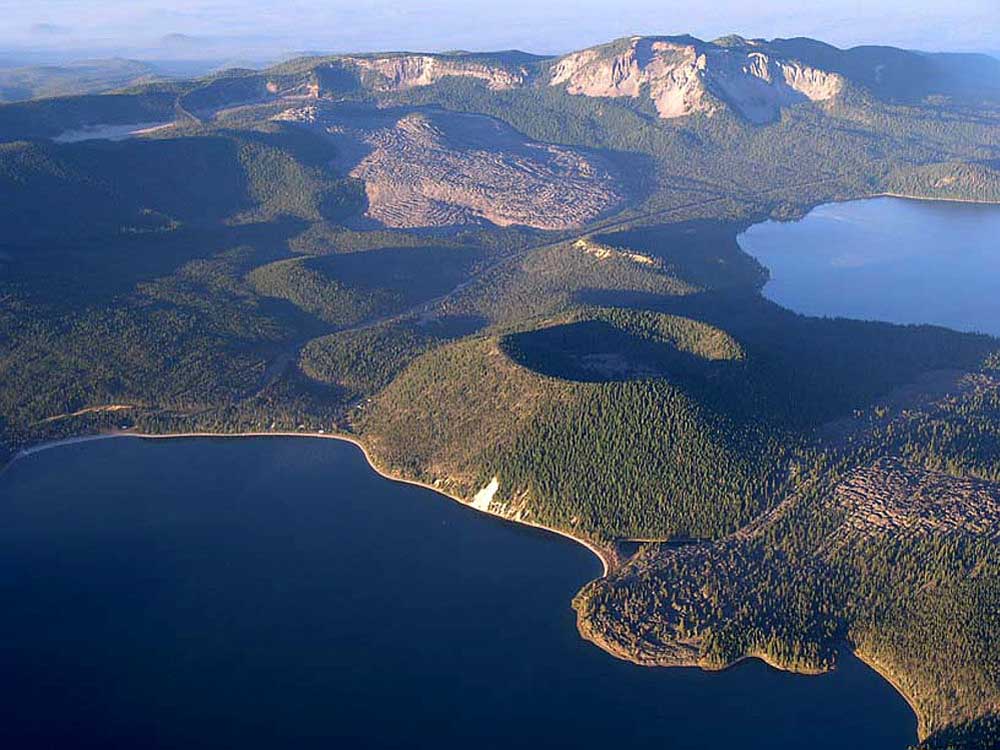USGS says seismic activity at Newberry Crater due to geothermal testing
Published 10:00 am Thursday, December 19, 2024

- An area on the west flank of the Newberry Volcano, outside the national volcanic monument seen here, is part of a geothermal energy testing project.
The U.S. Geological Survey, the federal agency responsible for monitoring and studying earthquakes and volcanoes, said seismic activity detected at Newberry Crater south of Bend in recent weeks is the result of geothermal exploration work by Mazama Energy. The current volcano alert level is normal.
Newberry Crater, elevation 7,986 feet, is an active volcano, although it has been 1,300 years since its last eruption. That eruption created Big Obsidian Flow, a large mass of obsidian and pumice. The crater is part of the Newberry National Volcanic Monument and includes East Lake, Paulina Lake and many other features.
New geothermal testing is expected to occur starting Monday and will continue for several weeks to months, USGS said in a statement Wednesday.
USGS says many small magnitude, non-volcanic earthquakes will occur during testing. Mazama Energy will be injecting water into deep wells to create fractures in the rock. Mazama and its owner AltaRock Energy are planning to build a geothermal power station at the crater by 2030.
Seismic activity will be monitored by the U.S. Geological Survey and its monitoring partner, the Pacific Northwest Seismic Network. The project is not expected to result in a change to Newberry’s state of activity or potential volcanic hazards.
During previous geothermal exploration in 2012 and 2014, hundreds of small earthquakes of magnitude 2.5 or less were registered at Newberry Crater. Seismologists are able to differentiate volcanic earthquakes from those caused by geothermal exploration activity.
‘The potential is huge’: AltaRock pursues geothermal energy at Newberry Crater








